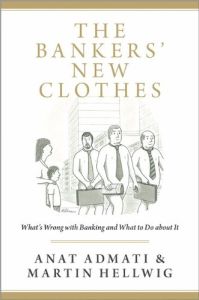
The Bankers’ New Clothes
What’s Wrong with Banking and What to Do About It
Recommendation
Bankers today have persuaded regulators, politicians and themselves that they need entire wardrobes of bailouts, subsidies and debt. Otherwise, they caution, the entire economy could be in peril. Professor of finance and economics Anat Admati and economist Martin Hellwig shred the fabric of bankers’ arguments. They explain in everyday language and with simple examples – which are, at times, repetitive – the contradictions and errors that keep society on the hook for banks’ excessive risk taking. getAbstract recommends their fresh take on the too-big-to-fail problem to executives, bankers and policy makers searching for the naked truth. And if the banking emperors insist they have new post-bailout clothes on, just tell them what you really see: the same old trappings that exposed them to trouble in the first place.
Summary
About the Authors
Anat Admati is a professor of finance and economics at Stanford University. Martin Hellwig is director of the Max Planck Institute for Research on Collective Goods.










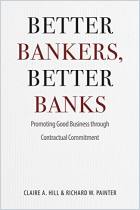
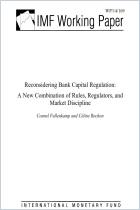
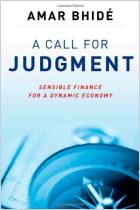

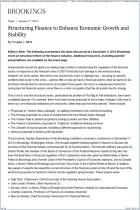






Comment on this summary or 开始讨论